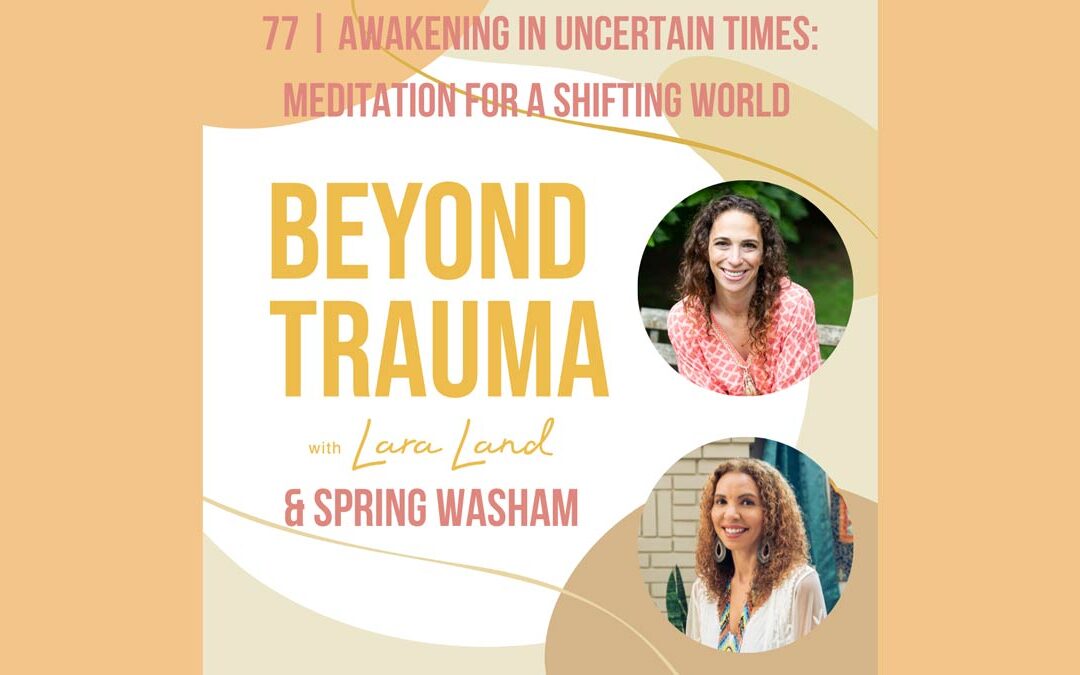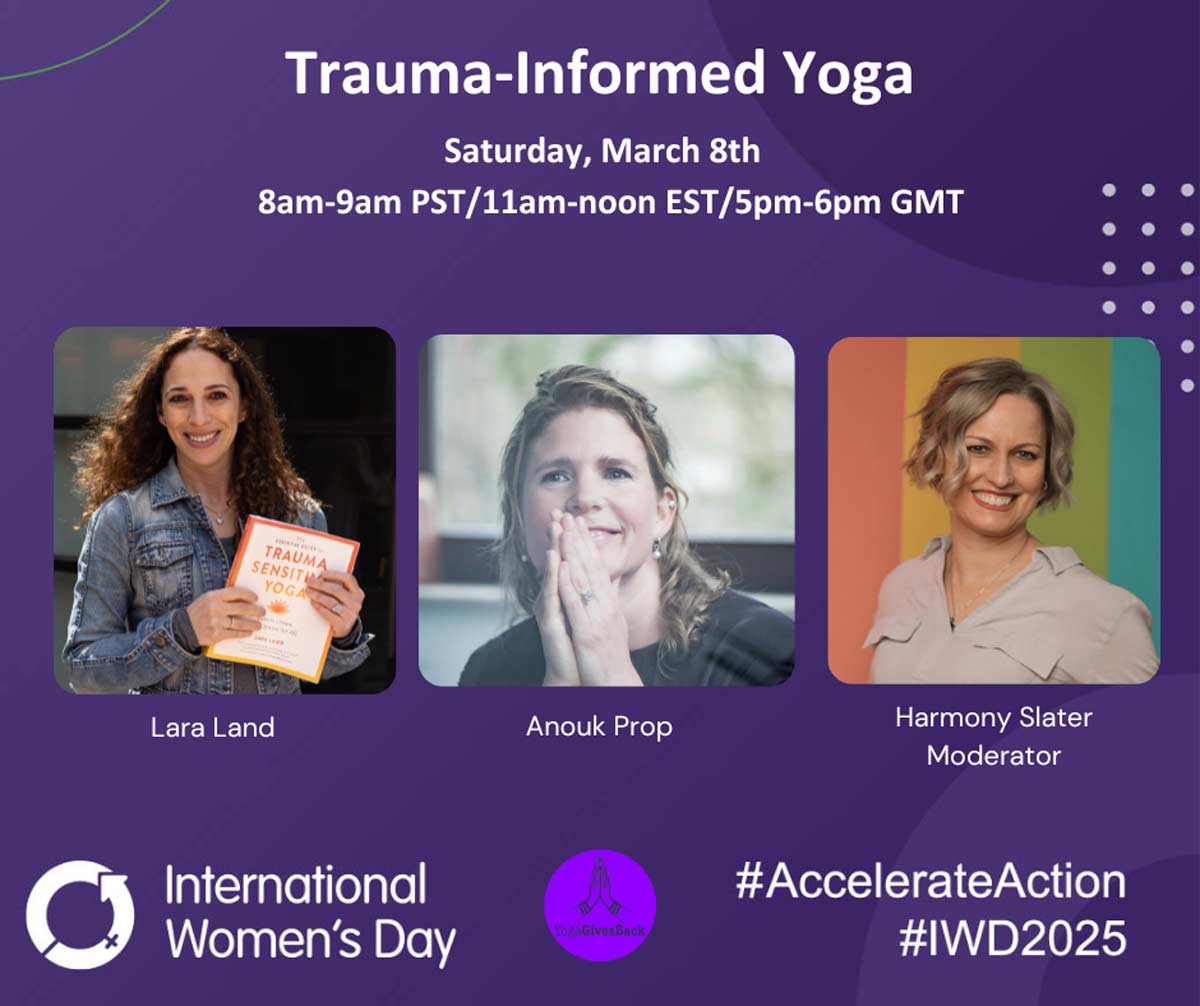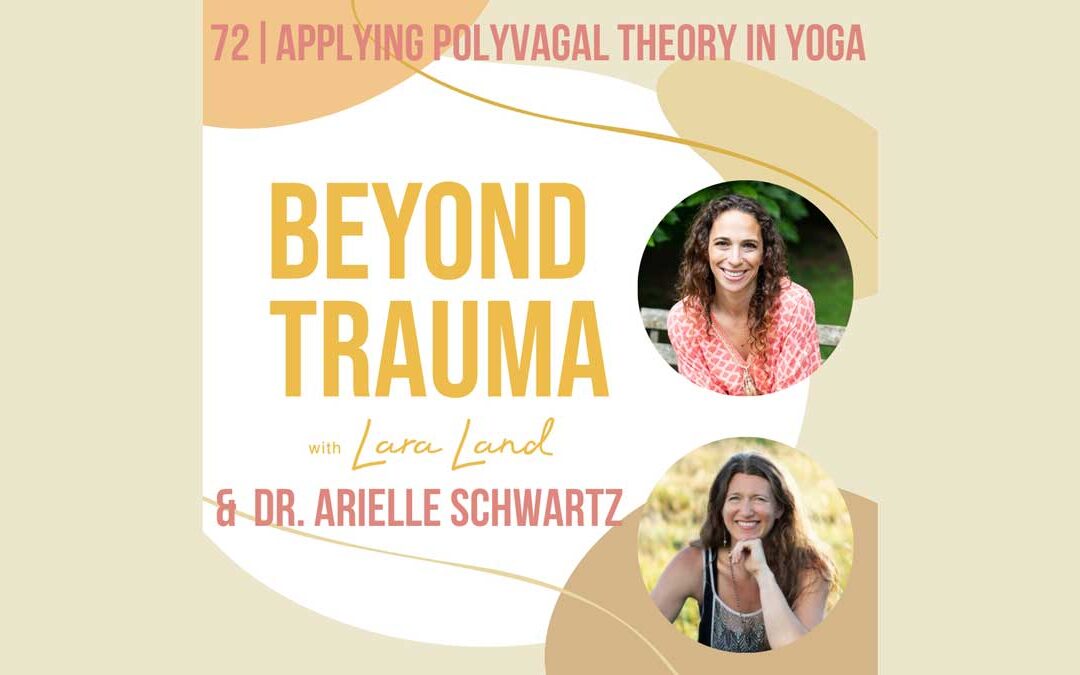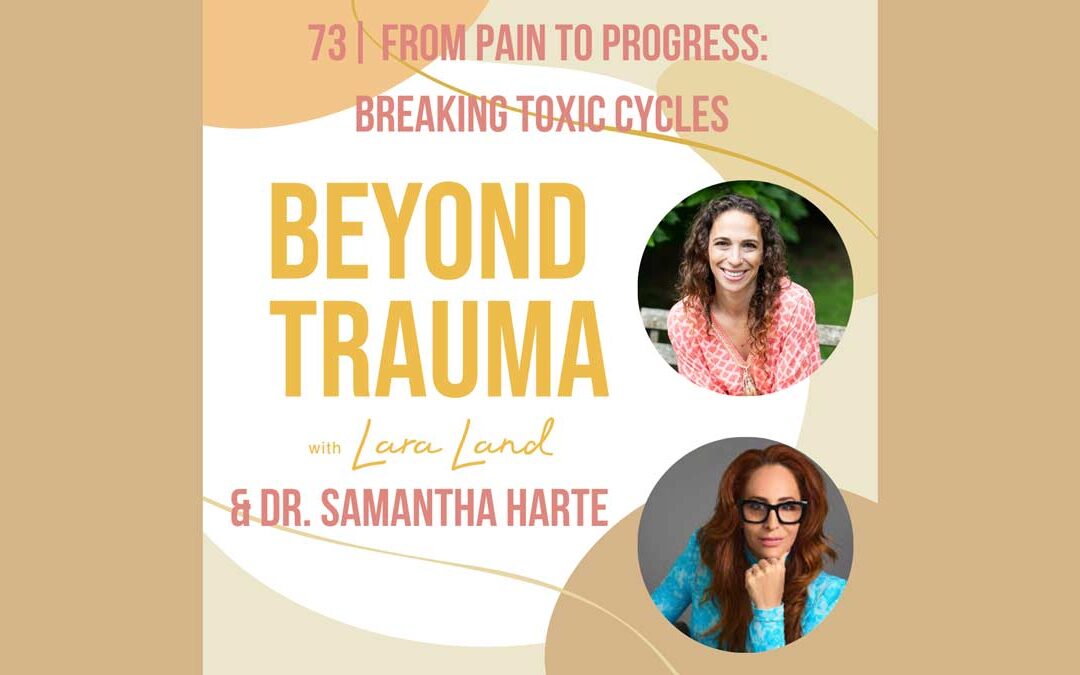
Awakening in Uncertain Times: A Heartfelt Approach to Meditation
The world is shifting. Uncertainty surrounds us—politically, socially, and environmentally.
Many of us feel unmoored, seeking stability in a time when old systems are breaking apart. In moments like these, meditation is not just a refuge but a call to action, a practice that asks us to wake up, embody our truth, and meet life’s challenges with presence and compassion.
Spring Washam, a renowned meditation teacher and author, speaks to the importance of getting out of the mind and into the heart and body. Too often, meditation is misunderstood as an intellectual exercise—a way to observe thoughts, analyze emotions, and cultivate detachment. But as Washam reminds us, true awakening is about embodiment. “Sometimes the trap with meditation is people think they can live in the mind,” she says. “They don’t realize really what we are resting in is the wisdom of the body.”
The Heart as the Center of Transformation
When the world feels chaotic, it’s easy to retreat into thought loops, anxiety, or despair. But Washam emphasizes the necessity of being heart-centered in this moment. The heart, she teaches, is where we hold both joy and sorrow. It is where we grieve and where we love. It is the place from which true wisdom arises.
To cultivate heart-centered awareness in meditation, consider these practices:
- Bring your attention to your heart space. Place a hand over your heart and simply breathe into this area. Feel into the warmth, the sensation, the emotion that lives there.
- Acknowledge both joy and sorrow. Rather than seeking only positive emotions, allow yourself to hold the full spectrum of human experience.
- Use heart-based mantras. Phrases like “May I be open, may I be present, may I trust” can help shift awareness from the analytical mind to the intuitive heart.
Anger, Change, and the Call to Serve
Many people struggle with anger in uncertain times. Injustice, suffering, and systemic failures can ignite powerful emotions. Washam does not shy away from this reality; instead, she teaches that anger is an energy to be understood, not suppressed. “Anger burns,” she says, “but truth cuts.”
Rather than reacting from anger, we can channel it into clarity, into action, into service. She teaches that meditation is not about escaping the world but awakening to it fully—feeling the emotions, understanding them, and using them as fuel for meaningful change.
Awakening as a Process: First Awaken, Then Guide, Then Serve
Washam describes a path of awakening that moves from personal insight to collective service: “First awaken, then guide, then serve and build.” The work begins within, but it does not stop there. Awakening is not just about feeling peaceful in meditation—it is about bringing that awareness into how we engage with our communities, how we heal ancestral wounds, how we care for the earth, and how we show up for each other.
Embracing the Unknown: What Emerges in the Cracks
Change, even collapse, is not something to fear. Washam reminds us: “When things are collapsing and there are cracks, new information appears.” This is a profound teaching for our time. When systems fail, when old ways of being no longer serve, there is an opening—a chance for something new to be born.
Rather than resisting uncertainty, we can lean into it with curiosity. What insights arise when we stop clinging to certainty? What possibilities emerge when we let go? The practice of meditation teaches us to be present with what is—without grasping, without resisting—so that we can navigate change with wisdom rather than fear.
Moving Forward with an Embodied Awakening
In these shifting times, we are called not just to meditate but to awaken—to move from thought to embodiment, from fear to presence, from anger to service. Washam’s teachings remind us that awakening is not a passive state but an active, engaged process. Learn more about her approach and how to apply it in this week’s episode of Beyond Trauma.







Recent Comments